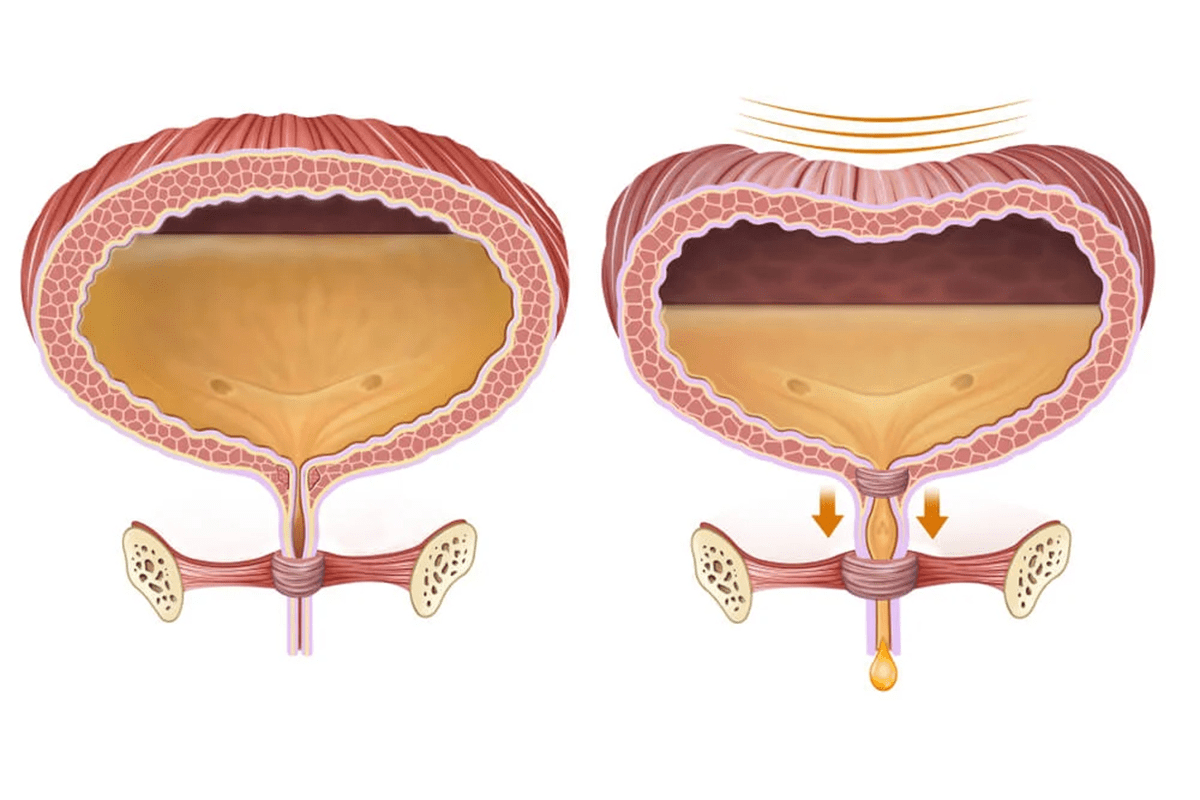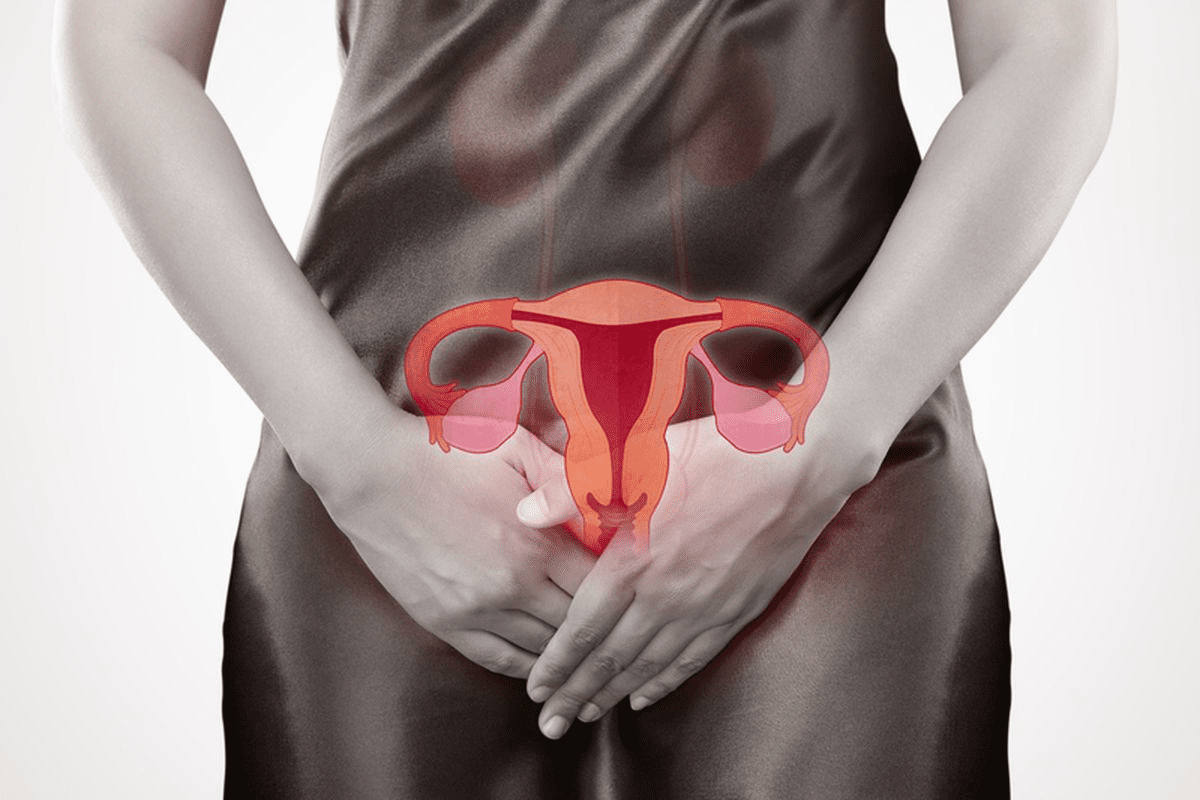Last Updated on October 31, 2025 by Bilal Hasdemir

A mass on the bladder can be a worrying sign. At Liv Hospital, we aim to give you the best care. Our team will help you understand your diagnosis and treatment options.
What does a spot on bladder or mass mean? Learn about the diagnosis, causes, and why it is not always a sign of bladder cancer.
Bladder masses, also known as bladder tumors, are abnormal growths in the bladder. They can be either benign or malignant. Knowing about bladder masses is key for the right diagnosis and treatment.
A bladder mass is an abnormal growth in the bladder. It can be benign, meaning non-cancerous, or malignant, meaning cancerous. Benign masses are usually not dangerous and don’t spread to other tissues. On the other hand, malignant masses can spread and are dangerous.
The exact cause of bladder masses is not always clear. But, some risk factors have been found. Smoking is a big risk because it exposes the bladder to harmful chemicals. Other risks include being exposed to certain chemicals and having a family history of bladder cancer.
Knowing the type of bladder mass is important for treatment. Benign masses might not need aggressive treatment. But, malignant masses might need surgery, chemotherapy, or radiation therapy.
It’s important to know the difference between benign and malignant bladder masses. Benign masses are not cancerous and grow slowly. On the other hand, malignant tumors are cancerous and can spread to other tissues.
Early detection and treatment are key to avoiding serious problems. Regular health check-ups and screenings can catch bladder masses early. This allows for quick action to treat them.

The study of bladder masses is complex. It looks at bladder cancer and other related issues.
Bladder cancer is a big health problem worldwide. About 550,000 new cases are found each year. The rate is around 9.0 per 100,000 people yearly, with men getting it more often than women.
Many things can lead to bladder masses. Smoking is a big risk, causing many cases of bladder cancer. Working with certain chemicals also raises the risk.
Age is another big factor. Most bladder cancer cases happen in people over 65. Men are three times more likely to get it than women.
Bladder cancer rates vary around the world. They are higher in developed countries. North America and Europe have the highest rates.

Bladder masses can cause a range of symptoms. These include hematuria, dysuria, and needing to urinate more often. It’s important to know these signs to get medical help quickly.
If you’re experiencing any of these symptoms, see a healthcare professional. They can help with the right diagnosis and treatment.
Tests for bladder masses include ultrasound, CT scans, and MRI. These help doctors see the mass and learn about it. A biopsy might also be done to check tissue samples closely. With these tests, doctors can plan the best treatment.
Several methods are used to check bladder masses.Imaging studies like ultrasound and CT scans show the mass’s size and where it is. Cystoscopy lets doctors see inside the bladder and take tissue samples.
Getting the right diagnosis is key for treatment. It makes sure patients get the right care. This could be surgery, medicine, or other treatments.
The treatment for bladder masses varies based on whether they are benign or malignant. Knowing this is key to choosing the right treatment.
Benign bladder masses usually need less intense treatment than cancerous ones. Surveillance is often used, where the patient is closely watched to see if the mass grows or turns cancerous.
In some cases, surgical removal of the benign mass might be needed. This is true if it’s causing symptoms or could turn cancerous.
Malignant bladder tumors need more serious treatment. The main options are surgery, chemotherapy, and immunotherapy.
The type of surgery for bladder masses depends on the tumor’s stage and grade. Transurethral resection of bladder tumor (TURBT) is a common method for diagnosing and treating bladder tumors.
Surgical Procedure | Description | Indications |
TURBT | Transurethral resection of bladder tumor | Diagnosis and treatment of bladder tumors |
Partial Cystectomy | Surgical removal of part of the bladder | Early-stage bladder cancer |
Radical Cystectomy | Removal of the bladder and surrounding tissues | Advanced bladder cancer |
Non-surgical treatments are important, even for those who can’t have surgery or as a supplement to surgery.
Intravesical therapy, where medicine is put directly into the bladder, is a common non-surgical method. This can include chemotherapy or immunotherapy.
Every patient’s situation is different, and treatment plans are made just for them. A team of healthcare experts works together to give the best care.
Knowing the prognosis for bladder cancer is key for patients. The outlook depends on the cancer’s stage and the patient’s health.
Patients with localized bladder cancer have a five-year survival rate of about 96%. But, this number falls sharply for more advanced stages.
Several things can change a bladder cancer patient’s outlook. These include the cancer’s stage, treatment success, and overall health.
Quitting smoking and living a healthy lifestyle can also boost a patient’s chances.

Making smart choices in your lifestyle and being careful at work can lower your risk of bladder masses. Knowing what affects bladder health helps us act early to prevent problems.
Quitting smoking is a big step towards better health. Smoking is linked to bladder cancer, and stopping it can lower your risk. Drinking more water also helps by diluting your urine and reducing harmful substances in your bladder.
Eating a diet full of fruits, veggies, and whole grains is good for your bladder. Some foods and nutrients might protect against bladder cancer.
Knowing your work environment and avoiding harmful chemicals is key. Jobs in dye, rubber, or paint production raise bladder cancer risk due to toxic substances.
Employers and workers can team up to use safety gear and handle chemicals safely. This reduces exposure risks.
By making lifestyle changes and focusing on work safety, we can lower our risk of bladder masses. This promotes better health overall.
In summary, bladder masses, like bladder cancer, are major health issues. Knowing the risks, who gets it, and where it’s common helps doctors fight it. This knowledge helps in making better prevention and treatment plans.
Several factors can lead to bladder masses. Tobacco use and exposure to certain chemicals at work are big ones. Smoking exposes the bladder to harmful substances.
Working with chemicals, like those in the dye industry, also raises the risk. Knowing these factors helps in preventing and catching problems early.
It’s important to know about bladder masses for good health. Knowing the risks and symptoms helps catch problems early. This way, you can get the right treatment fast.
Staying informed and talking to doctors is key. It helps keep your health in check and deals with bladder mass issues.
A mass on the bladder is an abnormal growth or lump. It can be found in the bladder wall or lumen. It might be benign or malignant.
No, not all bladder masses are cancer. Some, like bladder polyps or cysts, are non-cancerous. They usually don’t spread to other tissues.
Symptoms include blood in the urine, painful urination, and needing to urinate often. Some people might not show any symptoms.
Doctors use imaging studies like ultrasound and CT scans. They also do lab tests and cystoscopy with biopsy to find out what the mass is.
Risk factors include smoking, exposure to certain chemicals, age, and being male.
While not all cases can be prevented, avoiding smoking and chemical exposure can help lower the risk.
Treatment depends on the mass type. It might include surgery, non-surgical therapies like chemotherapy, or a mix of both.
No, not all bladder lesions are cancerous. Some are benign and might not need aggressive treatment.
Prognosis depends on the cancer stage, type, and the patient’s health. Early detection greatly improves survival chances.
Quitting smoking, eating healthy, staying hydrated, and avoiding harmful chemicals can help reduce risk.
Following safety guidelines and avoiding harmful chemicals at work can lower the risk of bladder masses.
Yes, a bladder nodule can be benign. Further tests are needed to determine its nature.
Bladder masses are common, with bladder cancer being a prevalent type of cancer. It’s more common in men and with age.
National Health Service (NHS) – https://www.nhs.uk/conditions/bladder-cancer/
Subscribe to our e-newsletter to stay informed about the latest innovations in the world of health and exclusive offers!
WhatsApp us